Minnesota's Retail Champions 2020
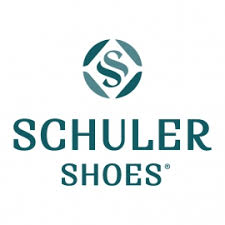
After reviewing dozens of applications from across the state, the Minnesota Retailers Association is pleased to award Schuler Shoes its Retailer of the Year award in the 2020 Minnesota’s Retail Champions program.
“Schuler Shoes is one of those retailers you take for granted that they will always be there, because they always have,” says Bruce Nustad, Minnesota Retailers Association president. “The rich family tradition of Schuler is evident in everything from the way the store is laid out to the people who work there. Schuler is truly one of those ten or so retailers that are the strong, steadfast underpinning of Minnesota’s retail community. While their history is rooted in family, their success and future rests on their unmatched service and dedication to customers. We are honored to recognize Schuler Shoes as our Retailer of the Year.”
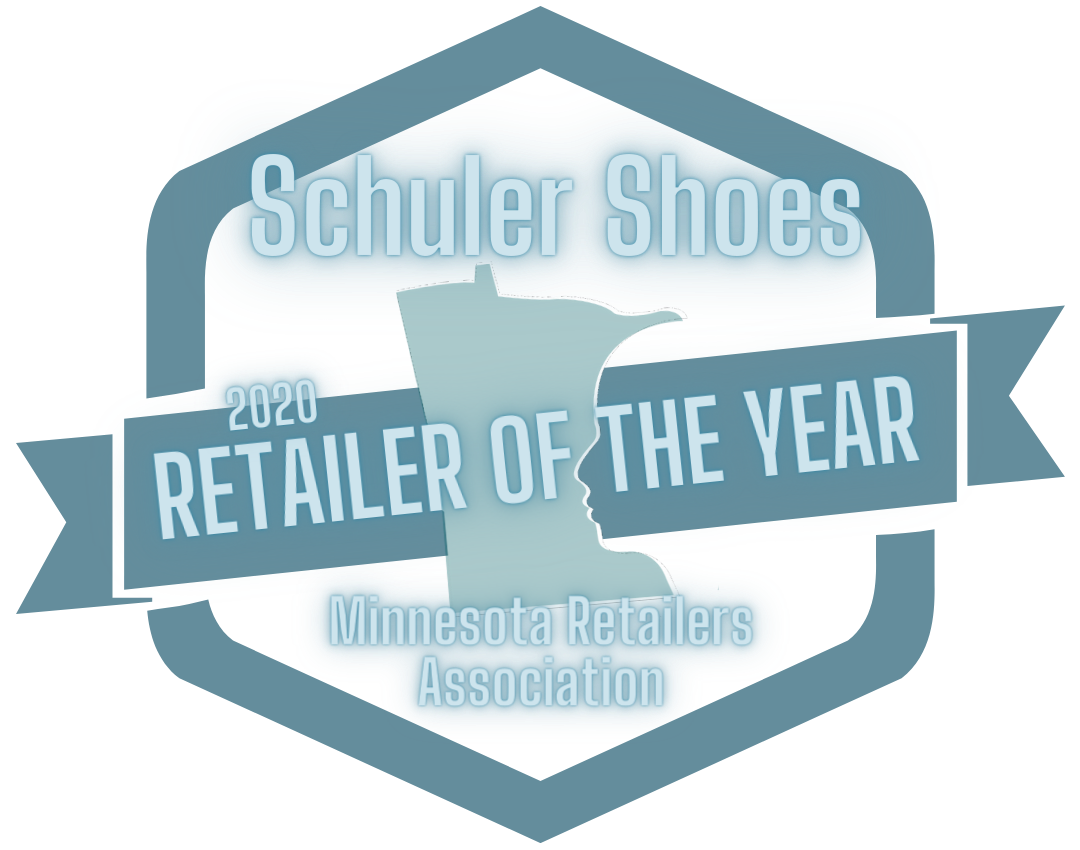 “Schuler Shoes’ first store was in 1889 and we are now a fourth-generation owned business,” says Mike Schuler, one of Schuler Shoes family owners. “Our employees and staff are amazing and thrive in our teamwork environment focused on meeting each customer’s need while honoring our deep legacy as a retailer. Over the years we have grown alongside communities in Minnesota. Our company is our family legacy. We are so pleased to be recognized as the Retailer of the Year.”
“Schuler Shoes’ first store was in 1889 and we are now a fourth-generation owned business,” says Mike Schuler, one of Schuler Shoes family owners. “Our employees and staff are amazing and thrive in our teamwork environment focused on meeting each customer’s need while honoring our deep legacy as a retailer. Over the years we have grown alongside communities in Minnesota. Our company is our family legacy. We are so pleased to be recognized as the Retailer of the Year.”
Mike, a representative from Schuler Shoes, will accept the award virutally during the Retail Rally event on Wednesday, October 7, 2020, beginning at 2:00 p.m. The event features seven 20-minute practical, game-changing, cutting edge retail innovations strategies and ideas.
Schuler Shoes is the sole recipient of the Minnesota’s Retail Champions Retailer of the Year award. Nine other organizations will be recognized in other categories such as Lifetime Achievement, Business Resource of the Year, Retail Manager of the Year, Vendor Partner of the Year, Customer Experience, Best Place to Work, Retail Community of the Year, Advocate of the Year, and Retail Innovation.
Retail Rally event information can be found at www.retailrally.com.
Written by Savannah Sepic
on Tuesday, 29 September 2020.
Posted in MnRA News, Trends
Minnesota's Retail Champions 2020
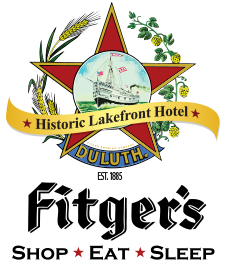
After reviewing dozens of applications from across the state, the Minnesota Retailers Association is pleased to recognize Fitger’s on the Lake with its Best Place To Work award in the 2020 Minnesota’s Retail Champions program.
“In an industry where there can be high employee turnover, Fitger’s has figured something out and shines as an organization that invests in its employees and understands how to keep and grow employees based on their passions and aspirations,” says Bruce Nustad, Minnesota Retailers Association president. “It’s clear Scott and the team at Fitger’s have a successful, family-centered environment where innovation and new ideas keep guests coming back. There is truly nothing usual about Fitger’s as a retail destination and its dedicated not only to customers, but to workers and partners. We are so pleased to recognize Fitger’s as a Best Place To Work.”
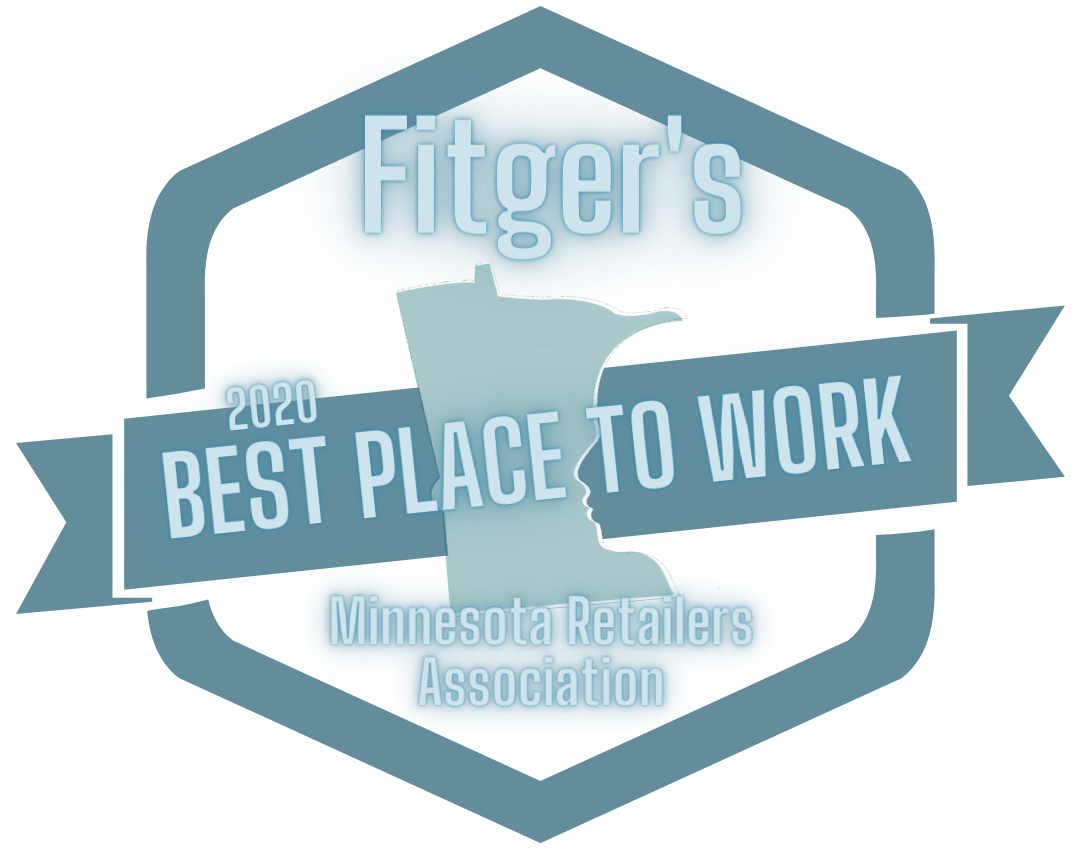 “We are honored to be selected as a 2020 Minnesota Retail Champion Awards Winner in the category of best place to work,” says Scott Vesterstein, president and owner of Fitger’s on the Lake. “We have co-workers who have been here for many years and that is what makes Fitger’s successful. They work hard and always have a positive attitude. I greatly appreciate all of them. I enjoy owning a business that provides a work environment where everyone feels included and valued.”
“We are honored to be selected as a 2020 Minnesota Retail Champion Awards Winner in the category of best place to work,” says Scott Vesterstein, president and owner of Fitger’s on the Lake. “We have co-workers who have been here for many years and that is what makes Fitger’s successful. They work hard and always have a positive attitude. I greatly appreciate all of them. I enjoy owning a business that provides a work environment where everyone feels included and valued.”
A representative of Fitger’s on the Lake will accept the award virutally during the Retail Rally event on Wednesday, October 7, 2020, at 2:00 p.m. The event features seven 20-minute practical, game-changing, cutting edge retail innovations strategies and ideas.
Fitger’s on the Lake is the sole recipient of the Minnesota’s Retail Champions Best Place To Work award. Nine other organizations will be recognized in other categories such as Retail Manager of the Year, Business Resource of the Year, Retail Innovation, Vendor Partner of the Year, Customer Experience, Lifetime Achievement, Retail Community of the Year, Advocate of the Year, and Retailer of the Year.
Retail Rally event information can be found at www.retailrally.com.
Written by Savannah Sepic
on Tuesday, 29 September 2020.
Posted in MnRA News, Trends
Minnesota's Retail Champions 2020
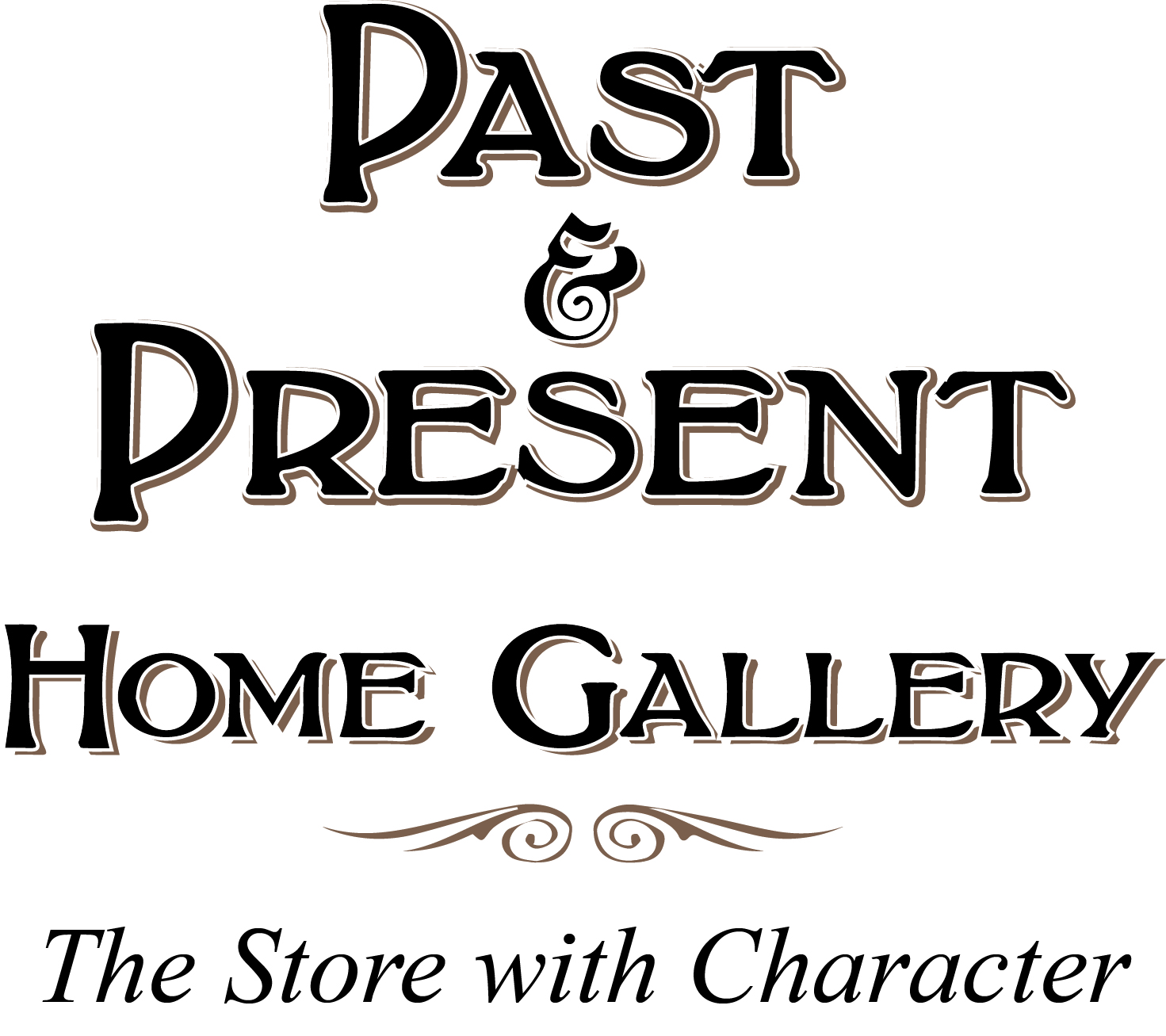
After reviewing dozens of applications from across the state, the Minnesota Retailers Association is pleased to recognize Past & Present Home Gallery with its Customer Experience award in the 2020 Minnesota’s Retail Champions program.
“In an industry filled with intense competition, Past & Present Home Gallery is truly a unique store with its ever-changing inventory and commitment to a personalized experience for each customer,” says Bruce Nustad, Minnesota Retailers Association president. “The store truly has something for everyone and stands out as an Alexandria destination. Spend time with Lynelle and Jeff along with the rest of the team and you will know exactly why the customer experience is amazing and why people come back. This is the place to visit if you want to see what a Minnesota store with heart feels like. It’s an honor to recognize Past & Present Home Gallery and its team for their commitment to happy customers.”
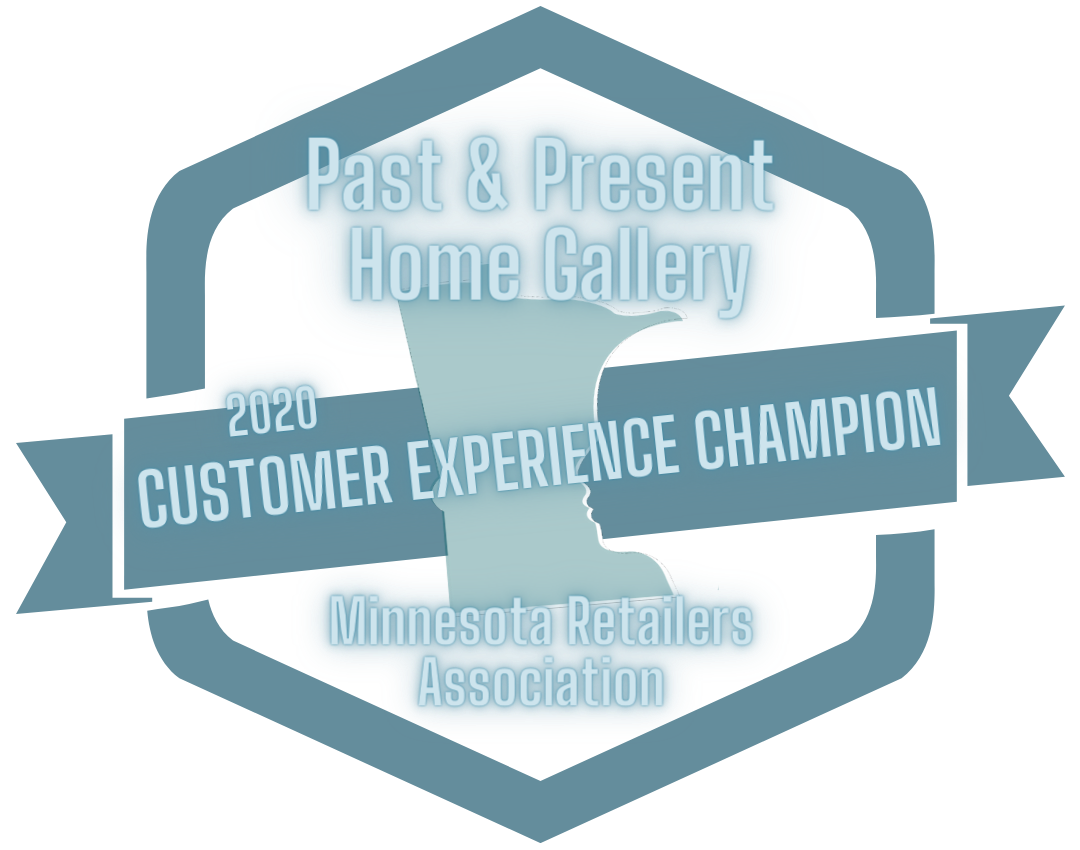 “Past & Present Home Gallery offers a variety of products for a wide range of customers. From antiques, furniture and décor to repurposed and man cave, we have it all in our 3 level 13,000 square foot store,” say Jeffrey and Lynelle Lanoue, Past & Present Home Gallery owners. “Our customers know they are going to get the help they need once they step foot in the store. We love talking and connecting with each and every customer and seeing the look on their faces when we can help them find what they have been looking for. We make sure the customer’s experience at Past & Present Home Gallery is so great that they will come back soon.”
“Past & Present Home Gallery offers a variety of products for a wide range of customers. From antiques, furniture and décor to repurposed and man cave, we have it all in our 3 level 13,000 square foot store,” say Jeffrey and Lynelle Lanoue, Past & Present Home Gallery owners. “Our customers know they are going to get the help they need once they step foot in the store. We love talking and connecting with each and every customer and seeing the look on their faces when we can help them find what they have been looking for. We make sure the customer’s experience at Past & Present Home Gallery is so great that they will come back soon.”
Lynelle and Jeff Lanoue will accept the award virtually during the Retail Rally event on Wednesday, October 7, 2020, beginning at 2:00 p.m. The event features seven 20-minute practical, game-changing, cutting edge retail innovations strategies and ideas.
Past & Present Home Gallery is the sole recipient of the Minnesota’s Retail Champions Customer Experience award. Nine other organizations will be recognized in other categories such as Retail Manager of the Year, Business Resource of the Year, Retail Innovation, Vendor Partner of the Year, Best Place to Work, Lifetime Achievement, Retail Community of the Year, Advocate of the Year, and Retailer of the Year.
Retail Rally event information can be found at www.retailrally.com.
Written by Savannah Sepic
on Tuesday, 29 September 2020.
Posted in MnRA News, Trends
 “Schuler Shoes’ first store was in 1889 and we are now a fourth-generation owned business,” says Mike Schuler, one of Schuler Shoes family owners. “Our employees and staff are amazing and thrive in our teamwork environment focused on meeting each customer’s need while honoring our deep legacy as a retailer. Over the years we have grown alongside communities in Minnesota. Our company is our family legacy. We are so pleased to be recognized as the Retailer of the Year.”
“Schuler Shoes’ first store was in 1889 and we are now a fourth-generation owned business,” says Mike Schuler, one of Schuler Shoes family owners. “Our employees and staff are amazing and thrive in our teamwork environment focused on meeting each customer’s need while honoring our deep legacy as a retailer. Over the years we have grown alongside communities in Minnesota. Our company is our family legacy. We are so pleased to be recognized as the Retailer of the Year.”

 “We are honored to be selected as a 2020 Minnesota Retail Champion Awards Winner in the category of best place to work,” says Scott Vesterstein, president and owner of Fitger’s on the Lake. “We have co-workers who have been here for many years and that is what makes Fitger’s successful. They work hard and always have a positive attitude. I greatly appreciate all of them. I enjoy owning a business that provides a work environment where everyone feels included and valued.”
“We are honored to be selected as a 2020 Minnesota Retail Champion Awards Winner in the category of best place to work,” says Scott Vesterstein, president and owner of Fitger’s on the Lake. “We have co-workers who have been here for many years and that is what makes Fitger’s successful. They work hard and always have a positive attitude. I greatly appreciate all of them. I enjoy owning a business that provides a work environment where everyone feels included and valued.”
 “Past & Present Home Gallery offers a variety of products for a wide range of customers. From antiques, furniture and décor to repurposed and man cave, we have it all in our 3 level 13,000 square foot store,” say Jeffrey and Lynelle Lanoue, Past & Present Home Gallery owners. “Our customers know they are going to get the help they need once they step foot in the store. We love talking and connecting with each and every customer and seeing the look on their faces when we can help them find what they have been looking for. We make sure the customer’s experience at Past & Present Home Gallery is so great that they will come back soon.”
“Past & Present Home Gallery offers a variety of products for a wide range of customers. From antiques, furniture and décor to repurposed and man cave, we have it all in our 3 level 13,000 square foot store,” say Jeffrey and Lynelle Lanoue, Past & Present Home Gallery owners. “Our customers know they are going to get the help they need once they step foot in the store. We love talking and connecting with each and every customer and seeing the look on their faces when we can help them find what they have been looking for. We make sure the customer’s experience at Past & Present Home Gallery is so great that they will come back soon.”